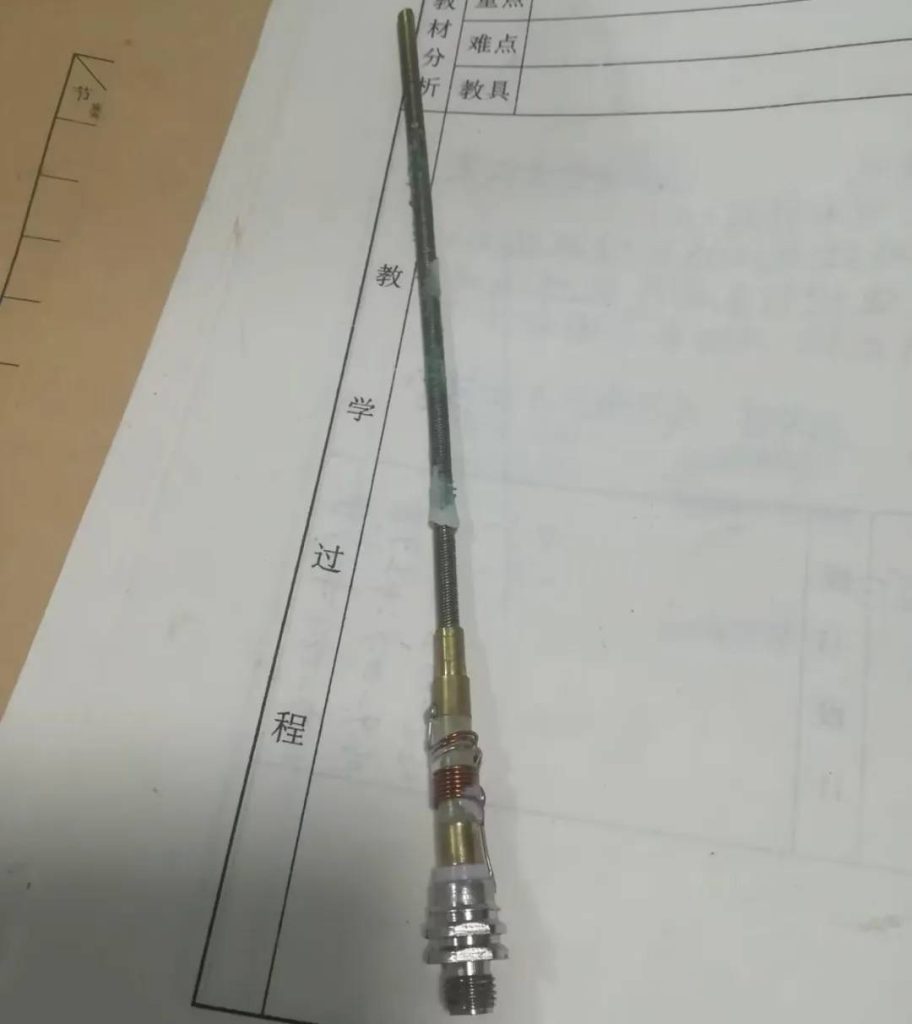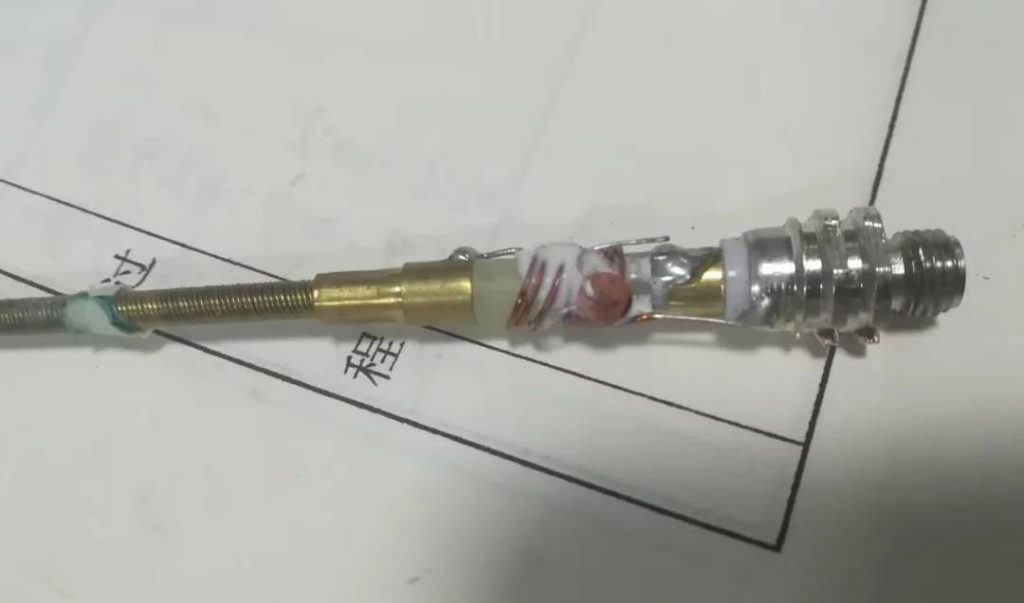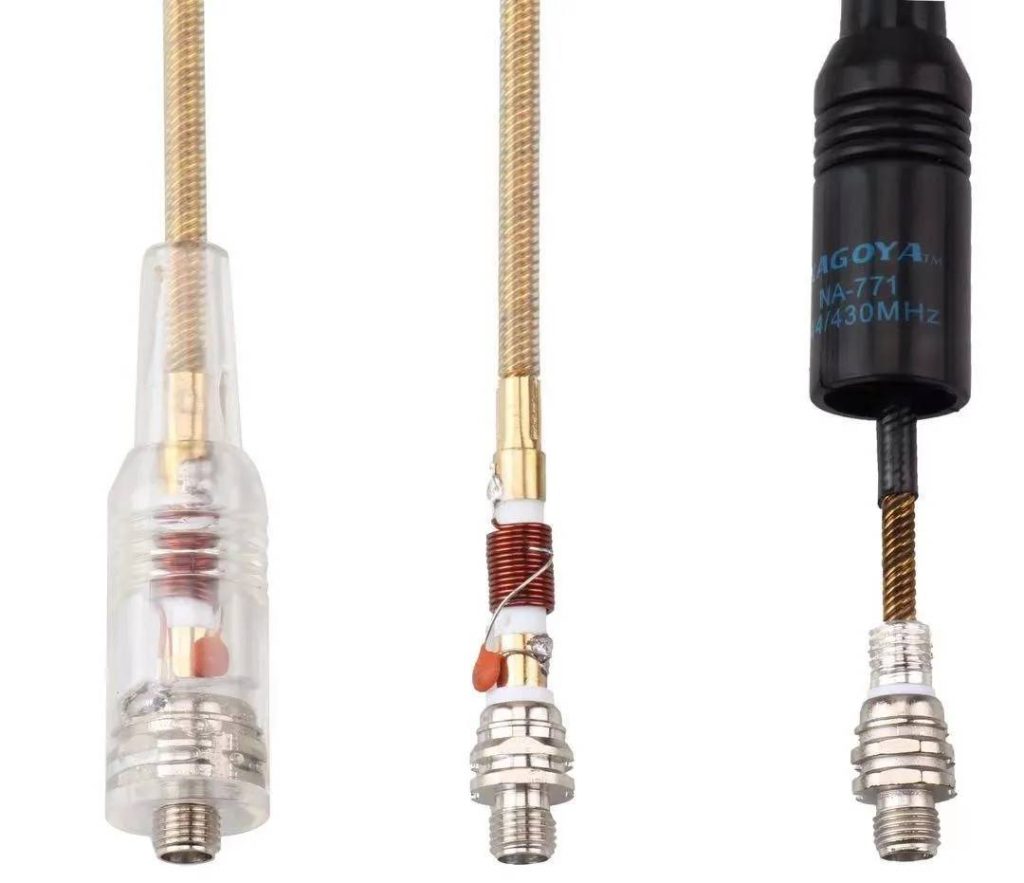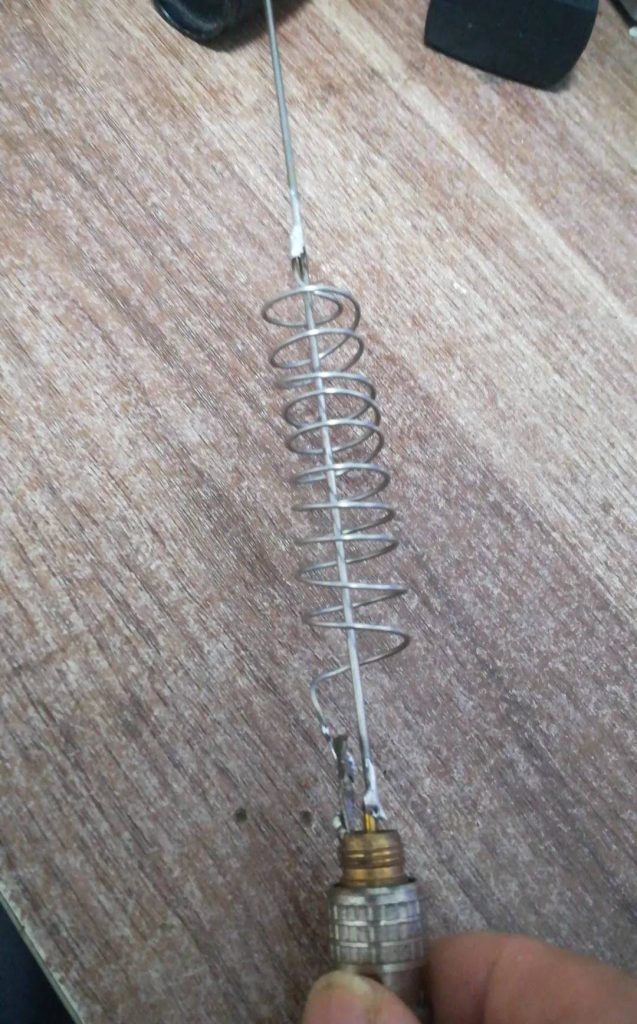In daily life, many devices are equipped with wireless functions to reduce the construction of lines. Wireless devices need antennas. Devices without antennas cannot transmit signals. Signal transmission is the oscillation of electrons in the air caused by the antenna radio waves. This tiny oscillating current is detected by the receiving device and then amplified into an electrical signal for identification. It is encrypted and modulated in the middle, so this signal is extremely complex. I sigh that scientists’ brains are really extraordinary and there is no end to learning. Next, let’s take a look at the UV antenna I disassembled.


This picture shows that the antenna capacitor is soldered open, causing the antenna to fail. It can be repaired by disassembling and soldering. These are disassembled UV band antennas. There are differences between the two antennas. The dual-band antenna has a ceramic capacitor with a value of 3PF. It is combined with a matching coil to form a matching circuit, which is very critical, but the U-band antenna does not have it. It only has a central axis electrode and a wire coming out. That kind of antenna cannot match the signal transmission of two bands.



The above picture shows a homemade antenna consisting of a middle oscillator and an induction coil. External antennas have relatively higher power, but the difference between several tens of dollars and a few dollars is actually the difference in the shell and partial structure. In fact, they have the same structure. To make an antenna, there is a formula that is actually very simple. Divide 300 by frequency and divide by 4, multiply by 0.96 to obtain the length of a quarter wavelength antenna element. This formula can be applied to all rod antennas. Some high-power antennas, such as flat plate antennas, are actually calculated in this way. Just replace the rod element with a flat plate element and combine it with a Yagi antenna to form a 2-3 unit antenna. Then, multiple individual antennas form an array and superimpose signals.
Since electrons only flow on the surface of wires, the larger the cross-section, the more electrons flow and the greater the transmitted power. Therefore, the larger the surface area of the material, the greater the power. In daily life, we need to make stick antennas, and using air conditioning copper pipes is actually the best. If we make them ourselves, we don’t have to consider mass production costs, so homemade ones often have better results than purchased ones.

